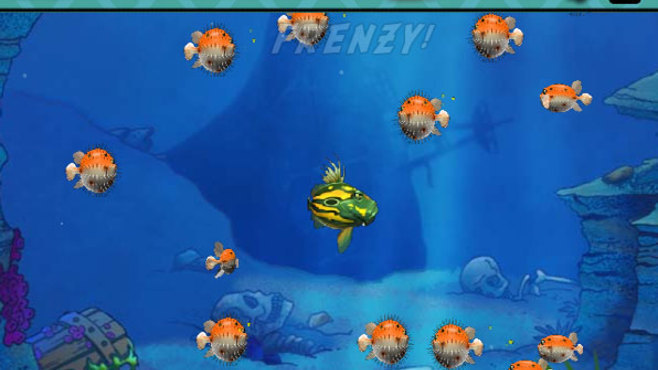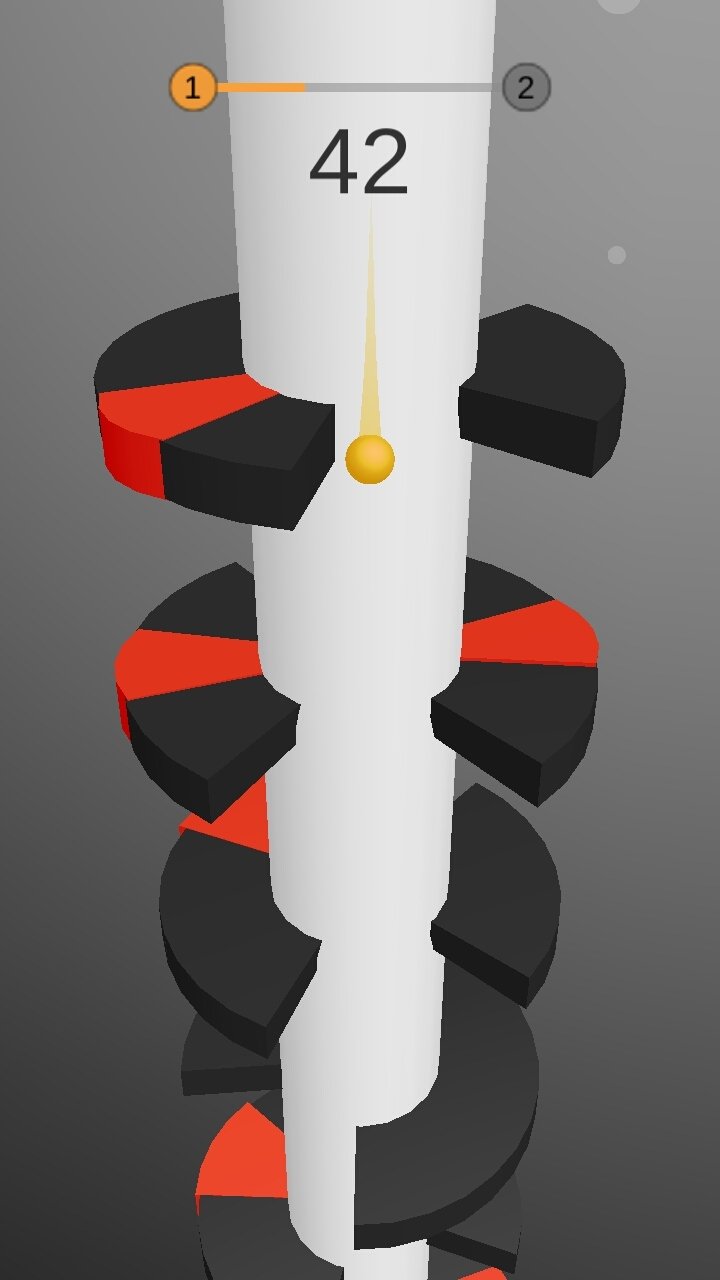- Good Games On App Store For Mac
- Free Games For Macbook
- Download App Store For Mac
- App Store
- Mac Games Download
Where Categories Are Displayed
You can assign two categories to your app — a primary and a secondary category. The primary category you select is particularly important for your app’s discoverability on the App Store. This will be the category in which the app appears when users browse the App Store or filter search results, and it determines placement on the Apps tab or Games tab on the App Store for iPhone and iPad.
For Mac apps, the primary category you select is also the category in which the app appears when users browse the Mac App Store or filter search results, and it determines placement in the Categories tab on the Mac App Store in macOS 10.14 or later.
Below are the top 50 free applications in the Game category(data is pulled from iTunes). We also have a list for the best paid iPhone games. The Mac Game Store app's built-in Compatibility Checker compares your Mac to the game's system requirements in real-time. Don't waste your money on games that won't work on your Mac. Apple introduced the App Store for the Mac system and Microsoft the Microsoft Store – and Google has Google Play for Android apps! – and it’s all changed for the better. Now you can go to a central spot on your computer and not only search through thousands of programs, apps and games, but if there’s an update released to any program. Mac App Store is the simplest way to find and download apps for your Mac. To download apps from the Mac App Store, you need a Mac with OS X 10.6.6 or later.
Choosing a Primary Category
Let’s say you have a photo-sharing social networking app. For the App Store, you could choose either Photo & Video or Social Networking as your primary category. To decide which category will best serve your app, consider the following:
- Your app’s purpose. Your primary category should be the one that best describes the main function or subject matter of your app.
- Where users naturally look for an app like yours. Understanding your audience will help you identify the category in which they will likely look for your app. Will they consider your app to be more of a social network app or a photography app?
- Which categories contain the same type of apps as yours. Research how similar apps are categorized — users may already know to visit these categories to find this type of app.
Make sure that the category you choose accurately reflects your app’s core experience. Choosing categories that are not appropriate for your app is against the App Store Review Guidelines.
Special Cases
Apps for Kids
If you have an app designed for kids ages 11 and under, select the Made for Kids checkbox in App Store Connect and choose an appropriate age band (5 and under, 6–8, or 9–11). Your app must comply with the App Review Guidelines for Kids apps and will go through review to be approved for the Kids category on the App Store In addition to the Kids category, your app can be discovered in another primary and secondary category (for example: Games, Entertainment, or Education). For more details, see Building Apps for Kids.
Games
If your app is a game, you can choose up to two Games subcategories. Users can find your app by browsing the subcategories on the App Store and in the Games subcategory charts. If you don’t know which subcategory best suits your game, research the types of games in each before making your selection.
Stickers
On the App Store for iMessage, you can assign your sticker pack app to a category called Stickers, or to another primary category that best describes your app. If you use the Stickers category, you can also select a Stickers subcategory. Standalone sticker pack apps are not displayed in categories on the App Store for iPhone and iPad — they are discoverable only in search results. Categories for iOS app with iMessage extensions are taken from the iOS app and are used on the App Store for iPhone, iPad, and iMessage. For more details, see iMessage Apps and Stickers.
Compare Categories
Good Games On App Store For Mac
Explore and compare categories to see which best describes your app.

Apps that provide extensive interactivity for content that is traditionally offered in printed form. If you are planning a more traditional reading experience, you may want to look at publishing an iBook instead.
For example: stories, comics, eReaders, coffee table books, graphic novels.
Apps that assist with running a business or provide a means to collaborate, edit, or share content.
For example: document management (PDFs, scanning, file viewing/editing), VoIP telephony, dictation, remote desktop, job search resources, customer resource management, collaboration, enterprise resource planning, point of sale.

Apps that provide tools for app development, management, and distribution.
For example: coding, testing, debugging, workflow management, text and code editing.
Apps that provide an interactive learning experience on a specific skill or subject.

For example: arithmetic, alphabet, writing, early learning and special education, solar system, vocabulary, colors, language learning, standardized test prep, geography, school portals, pet training, astronomy, crafts.
Apps that are interactive and designed to entertain and inform the user, and which contain audio, visual, or other content.
For example: television, movies, second screens, fan clubs, theatre, ringtones, voice manipulation, ticketing services, art creation.
Apps that perform financial transactions or assist the user with business or personal financial matters.

For example: personal financial management, mobile banking, investment, bill reminders, budgets, debt management, tax, small business finance, insurance.
Apps that provide recommendations, instruction, or critique related to the preparation, consumption, or review of food or beverages.
For example: recipe collections, cooking guides, restaurant reviews, celebrity chefs/recipes, dietary & food allergy, alcohol reviews, brewery guides, international cuisine.
Apps that provide single or multiplayer interactive activities for entertainment purposes.
For example: action, adventure, board, card, family, music, puzzle, racing, role playing, simulation, sports, strategy.
Apps that provide tools for art, design, and graphics creation.
For example: vector graphic design, image editing, drawing and illustration.
Apps related to healthy living, including stress management, fitness, and recreational activities.
For example: yoga, muscle diagrams, workout tracking, running, cycling, stress management, pregnancy, meditation, weight loss, pilates, acupuncture/acupressure, Eastern/Chinese medicine.
Apps relating to a general-interest subject matter or service.
For example: real estate, crafts, hobbies, parenting, fashion, home improvement.
Apps designed specifically for children ages 11 and under. Age-appropriate apps must be placed in one of three age bands based on their primary audience: 5 and under, 6–8, or 9–11.
For example: age-appropriate games, interactive stories, educational materials, magazines.
Apps that offer auto-renewing subscriptions to magazine or newspaper content. Choose Magazines & Newspapers if you deliver content using an issue-based strategy or are producing interactive versions of a printed periodical.
For example: newspapers, magazines, other recurring periodicals.
Apps that are focused on medical education, information management, or health reference for patients or healthcare professionals.
For example: skeletal, muscular, anatomy, medical record-keeping, diseases, symptom reference, companion devices (blood pressure, pulse, and so on), health tracking.
Apps that are for discovering, listening to, recording, performing, or composing music, and that are interactive in nature.
For example: music creation, radio, education, sound editing, music discovery, composition, lyric writing, band and recording artists, music videos and concerts, concert ticketing.
Apps that provide information to help a user travel to a physical location.
For example: driving assistance, walking assistance, topographical maps, maritime, pilot logs/assistance, oceanic tides, road atlas, fuel finders, public transit maps.
Apps that provide information about current events or developments in areas of interest such as politics, entertainment, business, science, technology, and so on. Choose News if your app serves content via newsreader or digest format, or if your app is for a digital-first or broadcast-first media outlet with frequent content updates.
For example: television, video, radio, or online news outlets or programs, RSS readers.
Apps that assist in capturing, editing, managing, storing, or sharing photos and videos.
For example: capture, editing, special effects, sharing, imaging, printing, greeting card creation, manuals.
Apps that make a specific process or task more organized or efficient.
Free Games For Macbook
For example: task management, calendar management, translation, note taking, printing, password management, cloud storage, email clients, flow chart generators, audio dictation, simulation, data viewing.
Apps that assist the user in accessing or retrieving information.
For example: atlas, dictionary, thesaurus, quotations, encyclopedia, general research, animals, law, religious, how-tos, politics.
Download App Store For Mac
Apps that support the purchase of consumer goods or materially enhance the shopping experience.
For example: commerce, marketplace, coupon, product review, apps with Apple Pay.
Apps that connect people by means of text, voice, photo, or video. Apps that contribute to community development.
For example: interpersonal connections, text messaging, voice messaging, video communication, photo & video sharing, dating, blogs, special interest communities, companion apps for traditional social networking services.
Apps related to professional, amateur, collegiate, or recreational sporting activities.
For example: fantasy sports companions, college teams/conference, professional teams/leagues, athletes, score trackers, instruction, sports news.
Apps that assist the user with any aspect of travel, such as planning, purchasing, or tracking.
For example: flight tracking, multi-time clocks, city guides, hotel/rental car/air fare shopping, vacation planning, public transportation, travel rewards.
Apps that enable the user to solve a problem or complete a specific task.
For example: calculators (standard, tip, financial), clocks, measurement, time, web browsing, flashlights, screen locks, bar code scanners, unit conversion tools, password management, remote controls.
App Store
Apps that provide forecasts, alerts, and information related to weather conditions.
For example: radar, forecast, storms, tides, severe weather, local weather.
Mac Games Download
Related
